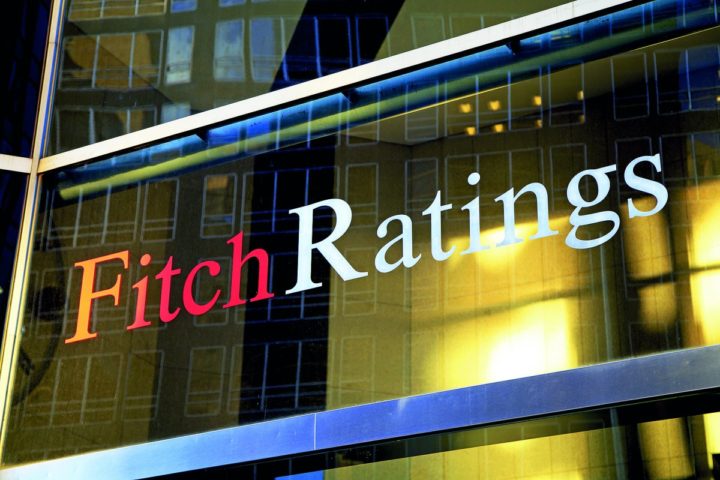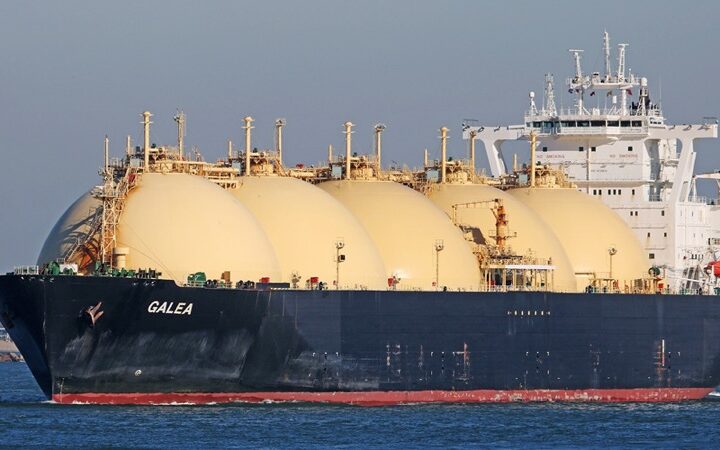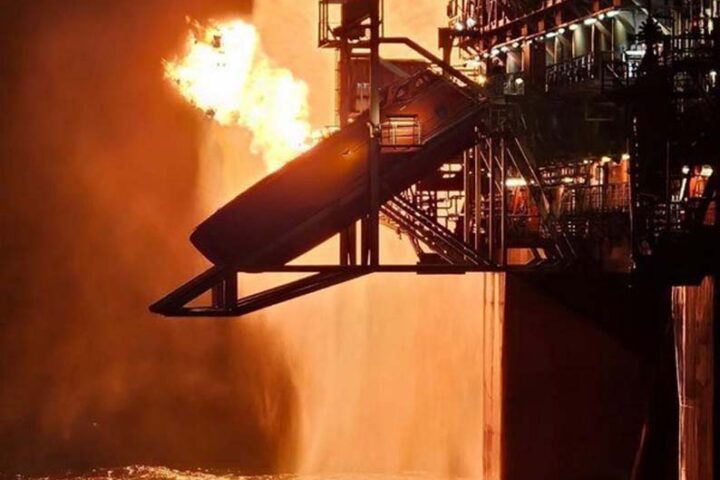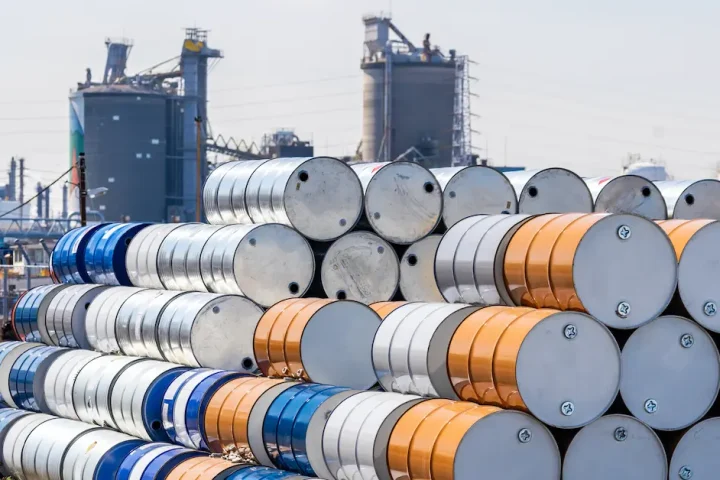It doesn’t take a big company to build a resilient balance sheet, but it takes a great deal of discipline to accomplish it. And while many owners and managers may be credited with corporate growth and good bottom-line figures, few, if any, have the discipline to build one.
So, what is a ‘resilient balance sheet’ anyway and why does it matter?
A resilient balance sheet is comprised of high-quality and highly liquid assets, with low performance. Usually, a mix of triple-A sovereign bonds will do.
The size of this portfolio depends on various factors, such as corporate liabilities, strategy and shareholder risk appetite.
Companies irrespective of their status, listed or not, find it increasingly challenging in today’s financial and macroeconomic environment to survive tough competitive and volatile geopolitical conditions, let alone grow, unless they can exploit strategic options at a time of their choosing.
High interest rates and tough credit conditions may prove prohibitive for many organisations to leverage their product line, tap into new markets or acquire an important asset at a discount. But this is just one angle of having a strong and resilient balance sheet that can unlock value.
When it comes to macroeconomic adversity and risk management, companies should adopt capital strategies akin to those of banks. To illustrate this point with a real-life example, consider the current U.S. bond market as conditions deteriorate in the economy with yields exceeding 4.4% and the dollar in decline for the fifth straight month since Trump took office.
The loss of the triple-A status of U.S. treasury securities suggests that risks are developing and indeed they do as the trade war rages on and the U.S. budget appears to have greater holes in it.
More downgrades, more capital
If this trend continues and the negative outlook of the U.S. economy materialises in the not so distant future, then more downgrades will be on the way. Under this scenario banking regulators will ask their banks for more capital.
With more than $9 trln of U.S. treasury securities currently held by banks and various investors, it is hard to imagine how a new downgrade will not cause panic and market losses. Which begs the question, according to the WSJ, “what is the tipping point for the bond market to go from mild anxiety to the sort of concern that feeds on itself?”
Former IMF chief economist Kenneth Rogoff, an authority on debt crises, explained in April that they “are never a matter of simple arithmetic.”
“Almost every country default — either through outright default or high inflation — occurs long before debt calculus forces it to,” he said.
Banks will seek to improve their Tier 1 capital by reducing their position in U.S. bonds at a loss. If this is not done in an orderly fashion, then credit conditions will worsen and many companies in Europe and around the world may find it hard to maintain their liquidity with their banks.
In fact, banks may have to impose hard liquidity conditions to their clients in order to avoid raising fresh capital from investors.
Defend core assets
Companies with inefficient working capital arrangements and poor governance will not have the necessary financial resilience to defend their business and core assets. Some may be forced to sell assets at prices previously considered unthinkable.
Even if their current balance sheet suggests a healthy relationship between assets and liabilities that will not save them in a time of crisis.
Unless these companies have the vision and discipline to form a Tier 1 capital based on the size of their balance sheet, quality of revenue and profits, they will be unable to withstand any severe credit conditions that paradoxically occur roughly in every decade according to World Bank figures.
It is therefore prudent as well as a strategic necessity for companies to build resilience in their balance sheet in order to enjoy optionality. It is not a question if they will need it but rather when.
I am often asked the following: “Where can we find the funds to build balance sheet resilience?”
My answer is always the same – from within.
But it takes good financial analysis and long-term planning to achieve that. A strong board of directors that looks into working capital performance can set goals and identify poorly performing assets that are worth more out of the balance sheet than in it.
Such a board will get rid of these assets when market conditions are good and not when they find the “right buyer”.
Cyprus illusion
Such illusions are commonly held by many Cypriot companies when looking to dispose of certain assets to the “right buyer”, as if those buyers don’t have advisors of their own to help them identify good deals.
Consequently, by prolonging the sale of certain poorly performing assets, these companies are building balance sheet fat, rather than resilience, and then when the crisis hits, the “right buyer” becomes a fantasy.
The reality, on the other hand, can turn extremely challenging as liquidity evaporates, creditors become more aggressive and revenues suffer. Once survivability becomes the objective then every available option appears to be a nightmare.
Michael S. Olympios is a regular columnist and Editorial Consultant for the Financial Mirror










